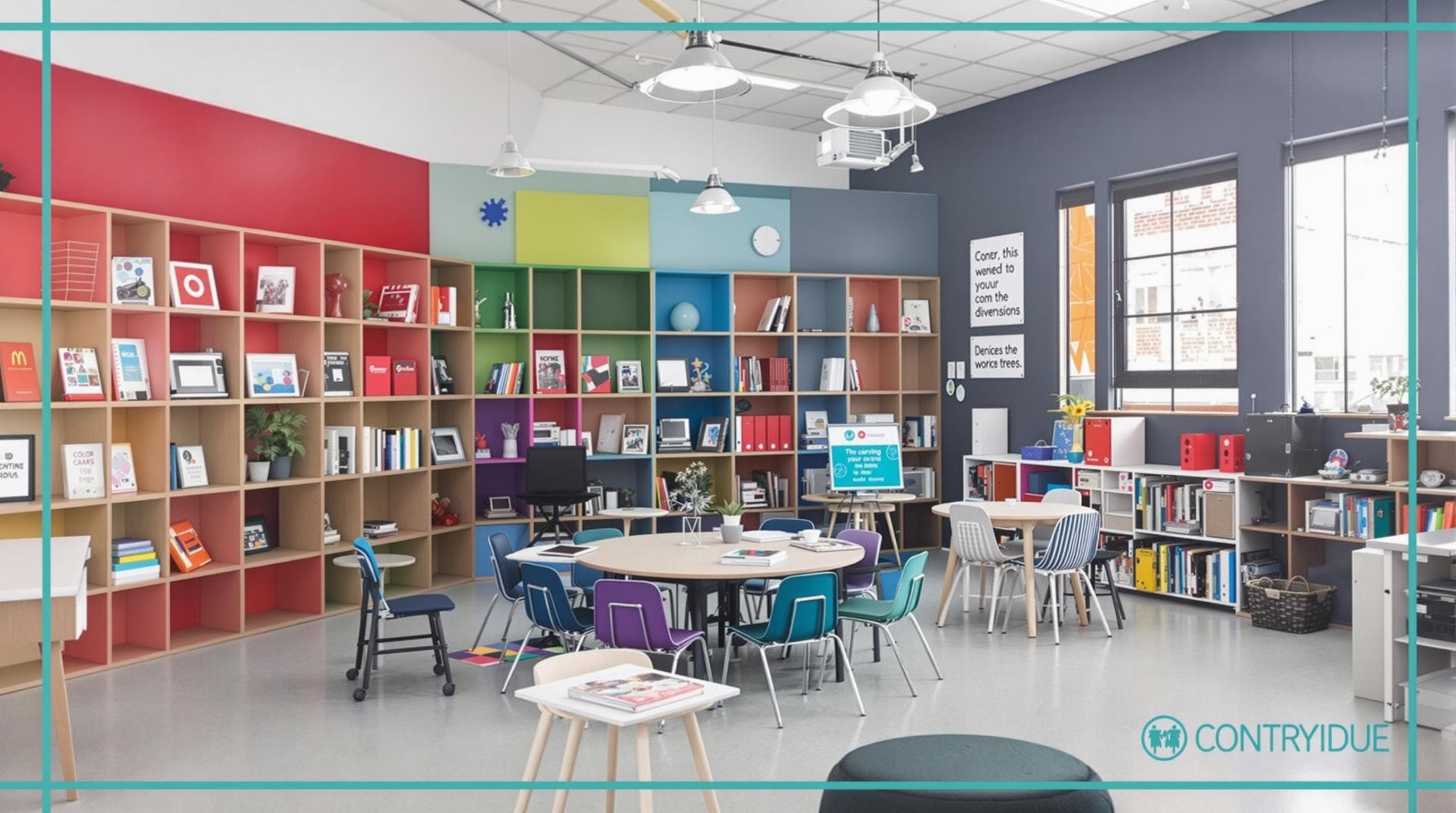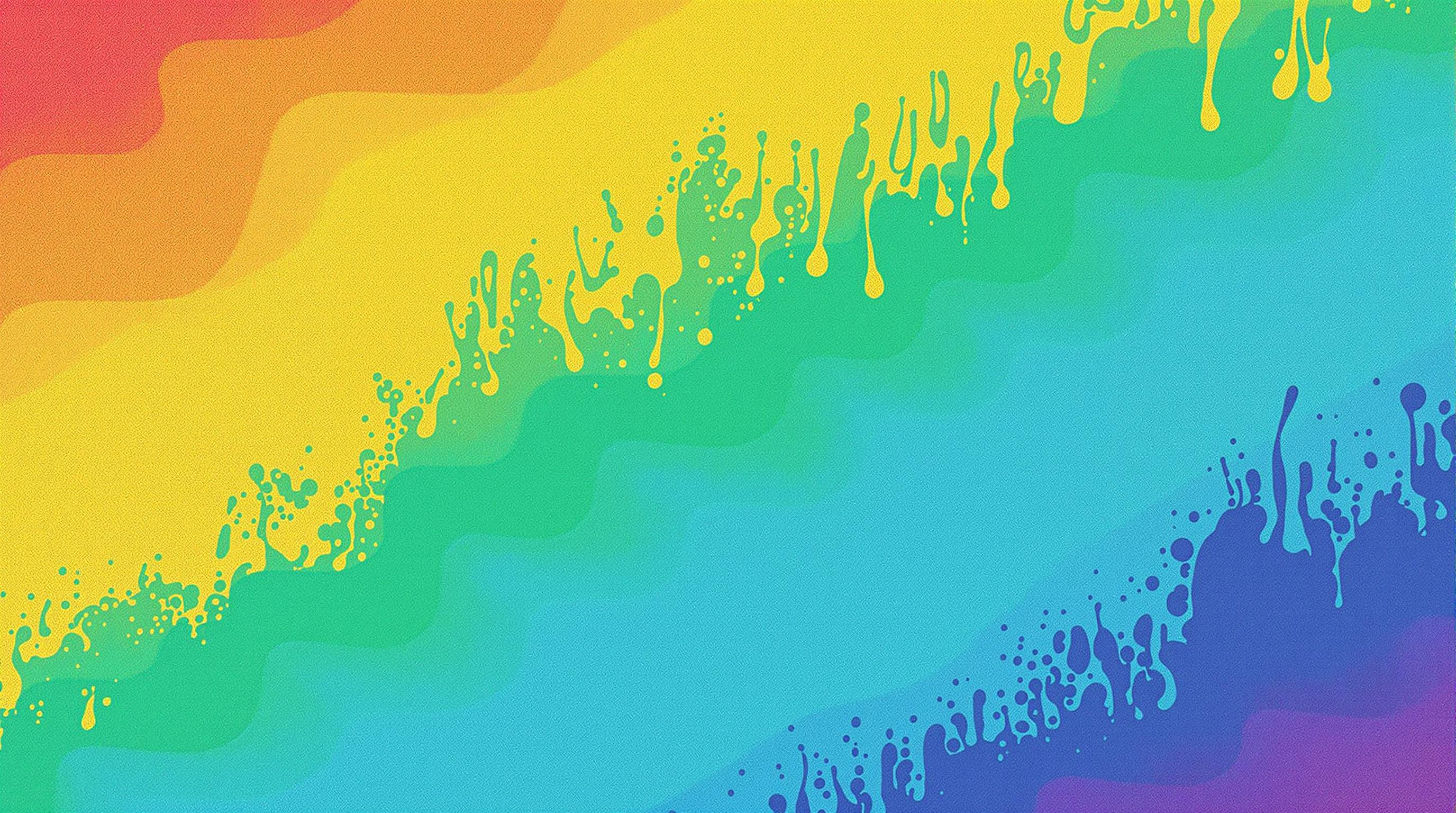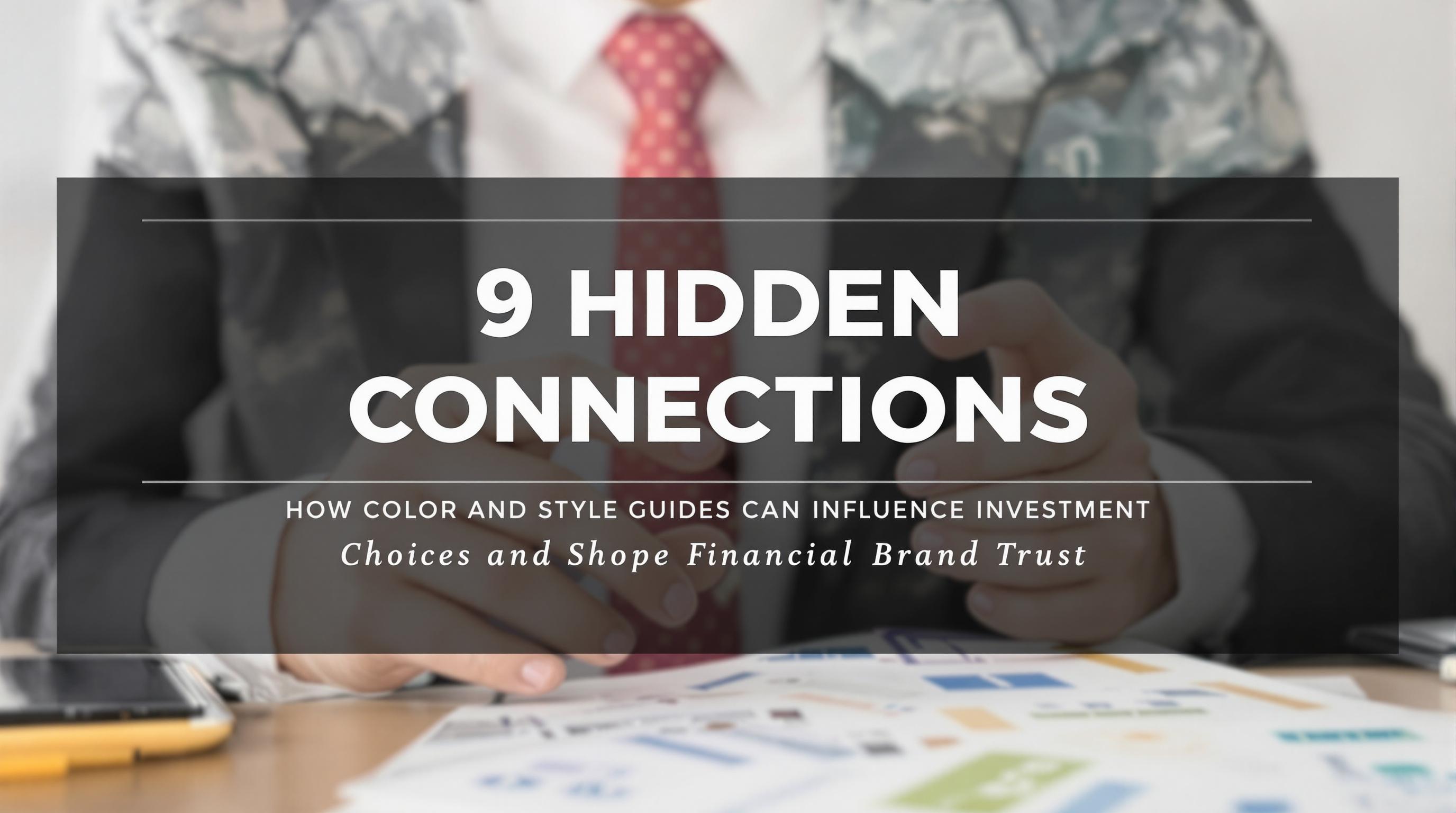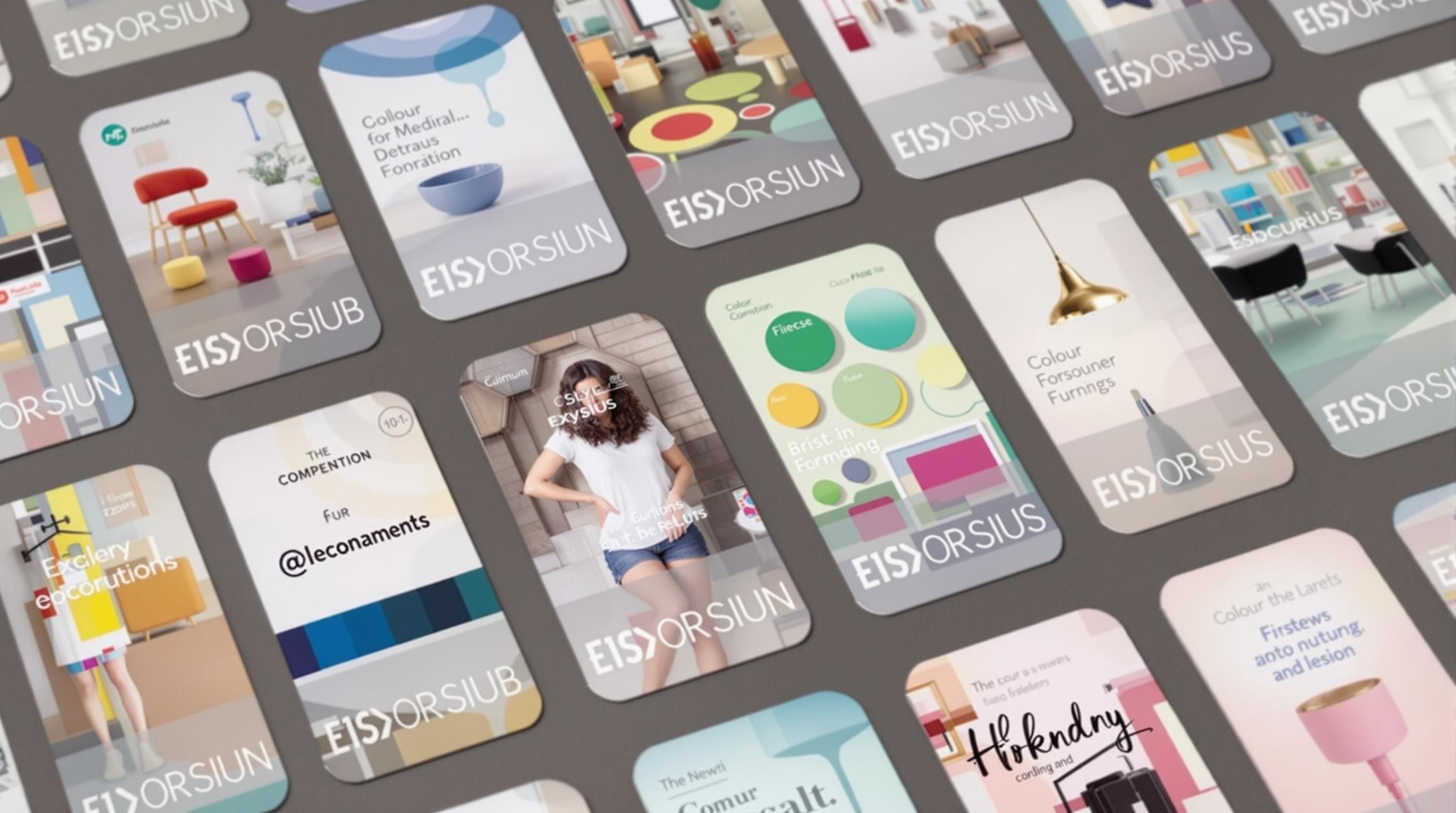Related Articles
- Bizarre Wonders: Crafting Functional Ornaments from Obsolete Household Gadgets and Oddities
- Eco-Chemistry: Innovative Projects Using Upcycled Materials from Your Kitchen for Sustainable Living
- Mystical Metamorphosis: Crafting Enchanted Home Decor from Unwanted Childhood Toys and Forgotten Doll Parts
- Color Cravings: Exploring the Unconventional Links Between Food Choices and Fashion Statements
- Hues of Controversy: The Surprising Ties Between Color Choices and Ethical Consumerism Trends
- Color Waves: Exploring the Impact of Music on Visual Aesthetics in Art and Fashion Choices
Color Waves: Exploring the Impact of Music on Visual Aesthetics in Art and Fashion Choices
Color Waves: Exploring the Impact of Music on Visual Aesthetics in Art and Fashion Choices
The intersection of music and visual aesthetics has long been a colorful realm filled with expressive potential. This article delves into how music influences art and fashion choices, blending creative narratives, empirical insights, and societal implications.
Rhythmic Inspiration: The Psychological Underpinnings
Research indicates that music significantly impacts mood and cognition, which extends into the realms of art and fashion. A study by the University of Leicester found that listening to music can evoke emotional responses that affect how individuals perceive colors and shapes (Lange, 2020). As various melodies sway through the air, artistic expressions bloomed in vibrant hues and striking styles, revealing the profound psychological effects that sound can have.
Artistic Harmony: A Case Study
Consider the world of abstract expressionism, a movement that thrived on the interplay between color and sound. Artists like Wassily Kandinsky believed that colors had inherent sounds and frequently painted to the rhythms of music. In a fascinating case study, artists at a recent exhibition were asked to create pieces while listening to different genres of music, from classical to jazz to electronic dance music. Observers noted that the paintings' dominant colors shifted with the tempo and mood of the music, showcasing how sound can inspire visual aesthetics.
The Vibe of Fashion: Music's Direct Influence
Fashion, much like art, has rhythm. In the world of haute couture, runway shows often mirror the musical tempo of the day. For example, the Spring/Summer 2023 Paris Fashion Week featured collections that wandered to the beats of contemporary pop and nostalgic rock, embodying the carefree essence of today's youth culture. Designers like Balenciaga even consulted with renowned DJs to curate sonic experiences that reflect their creative visions.
Color Psychology in Playlists
Ever tried to put together a killer playlist for a party? Studies reveal that the colors we see while enjoying music can enhance our experience. A vibrant, upbeat track may spawn color choices of bright yellow or lively pink in clothing, while a slower tempo may inspire deeper blues or mellow earth tones. In this way, the art of playlist-making often overlaps with personal style, as individuals project their sonic preferences onto their wardrobe. This connection can be so profound that rivulets of fashion trends often form from popular music genres. For instance, hip-hop and rap music have a longstanding association with streetwear aesthetics, driving trends that incorporate bold colors, graphic logos, and avant-garde accessories.
Millennial Voices: The Personal Connection
As a 25-year-old writer, it’s impossible to ignore the way music weaves through daily decisions, especially in fashion. You might find me donning an oversized vintage sweater while listening to a melodic indie tune, transitioning to something sleek when the beat drops at a pop concert. This seamless transition reflects a larger trend; young adults today often curate their fashion based on musical preferences, which often dictates mood and overall aesthetic. In 2022, a survey from Spotify revealed that 67% of respondents felt their musical tastes directly influenced their clothing choices (Spotify, 2022). Talk about a colorful wave!
Fashion Icons: The Mix of Music and Visual Aesthetics
When we think of fashion icons, names like David Bowie and Madonna come to mind—individuals who effectively used their musical careers as a canvass to challenge conventional aesthetics. Bowie’s blend of glam rock and striking visuals reshaped the landscape of music and fashion. Similarly, Madonna’s iconic “Like a Prayer” music video introduced spiritual and artistic elements that influenced both industries. Perhaps beyond their musical genius, these icons understood the symbiotic relationship between sound and visual representation, paving the way for generations to follow.
Anecdotal Symphony: Personal Experiences
Before I dive deeper, here's a humorous tidbit: the first time I decided to wear a vintage band T-shirt to a party, I thought I’d channel some rock star vibes. I turned on my favorite classic rock playlist and felt suddenly empowered. Fast forward a few hours, and I realized that the songs I chose had transformed not only my mood but how I approached my style! Friends joked that I should curate a ‘soundtrack for my wardrobe.’ If you’ll permit me to take this further, isn’t this how we all navigate the glorious spectrum of fashion: creating a playlist of our personality?
Sonic Color Waves: Beyond the Individual
The broad implications of music on visual aesthetics stretch beyond personal expression into societal commentary. Genre-specific fashion movements bear witness to cultural phenomena that redefine norms. For example, in the 1970s, the punk rock movement birthed a radical style comprising leather jackets, chains, and provocatively torn clothing, mirroring the gritty, rebellious sound associated with bands like The Sex Pistols. By shouting against societal conventions, punk's entrance into the fashion world showcased the powerful intersection of sound and visual identity.
Statistics and Trends: A Closer Look
The statistical landscape surrounding this artistic dialogue is fascinating. According to a report by The Fashion Institute of Technology, the fashion industry generates $2.5 trillion globally and increasingly integrates music as a core marketing element (FIT, 2023). Nearly 71% of fashion brands consider music a critical aspect of their advertising campaigns, demonstrating an awareness of leveraging sonic influences to enhance visual appeal.
Educational Perspectives: Teaching the Connection
In educational settings, there’s a growing trend to merge music and visual arts into curriculums. Art programs now often include modules on how sound influences creativity in painting, sculpture, and even digital design. By engaging students through this multi-sensory approach, educators encourage a richer exploration of both fields. Case studies suggest that students exposed to both forms often produce more innovative work, merging soundscapes with visual narratives.
Conclusion: The Seamless Connection
As we explore the intertwining fabric of music and visual aesthetics, it becomes clear that this synergy extends beyond personal preference; it encapsulates cultural movements, societal norms, and individual identity. Whether a punk musician or a high-fashion designer, the legacy of music's impact on art and fashion is a colorful wave that continues to ripple through time. The journey through sound and style exemplifies a fundamental truth: our choices in clothing often reflect the melodies that resonate within us. As we navigate this vibrant landscape, may we all find our unique harmony at the intersection of sound and sight—daring to express and explore the colorful waves of life.





